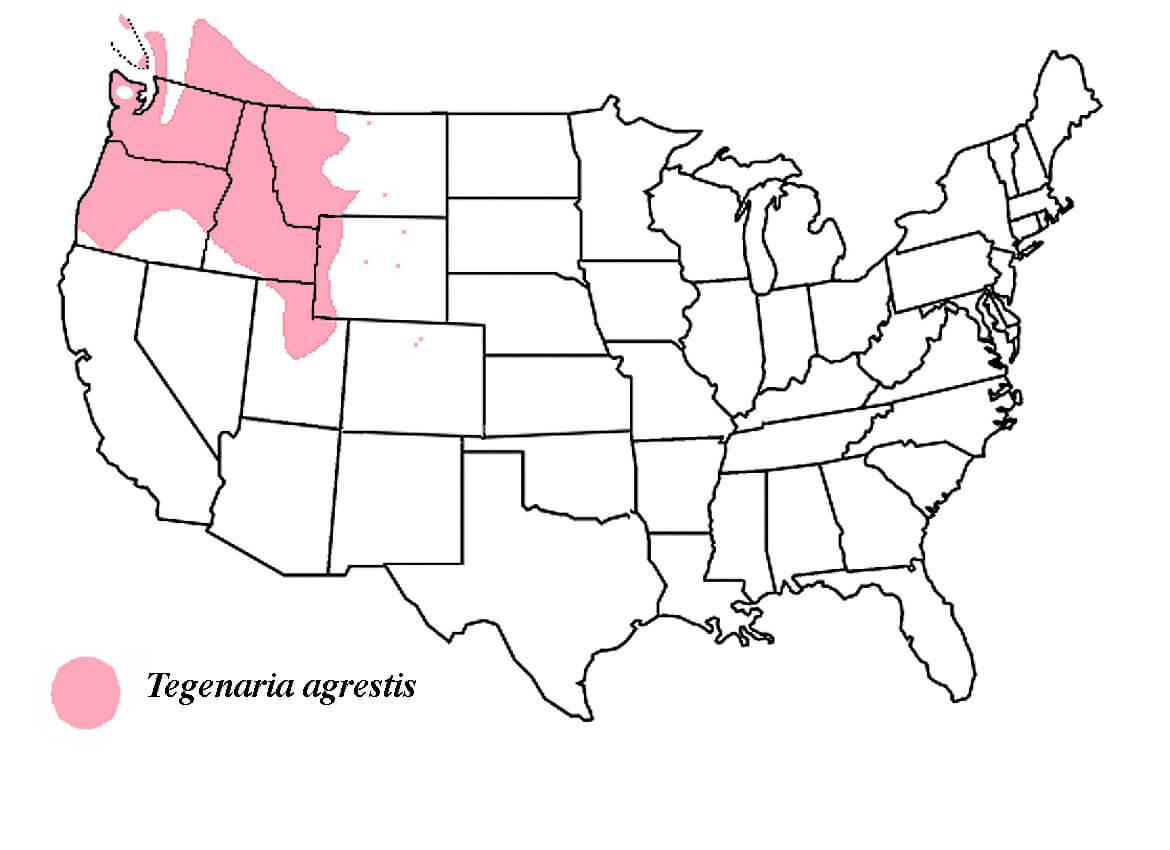
Hobo spider
Illustration: Margaret Davidson
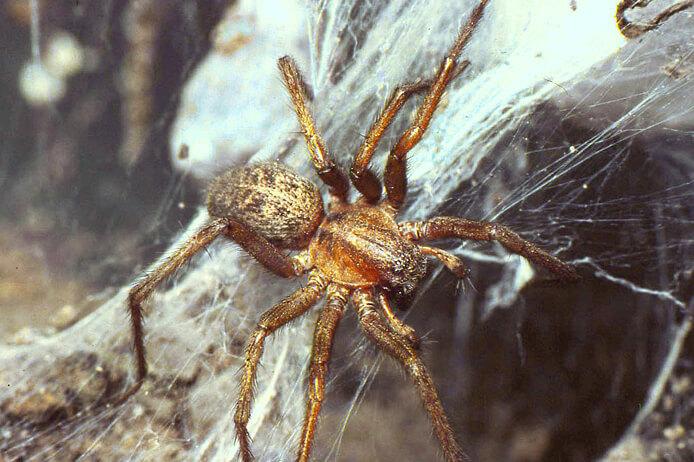
The hobo spider is not distinctive, but looks like hundreds of other species!
Photo: Bob Thomson
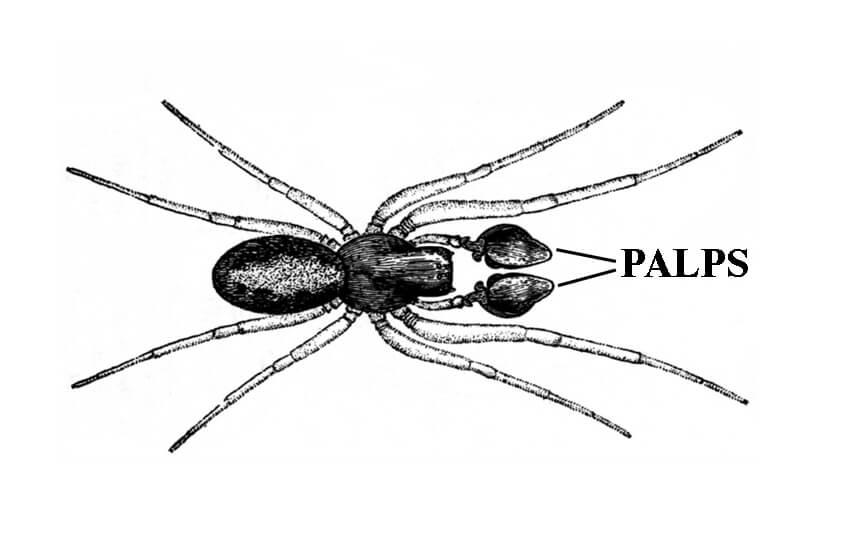
Male spider, Dictyna sublata. Not a hobo spider!
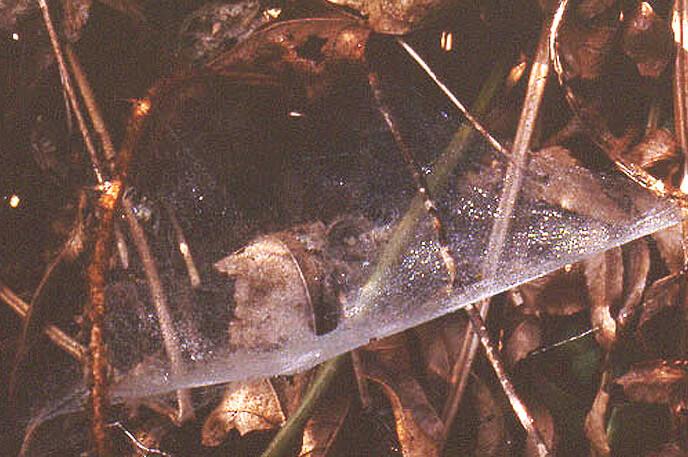
Typical funnel web, Agelenopsis oregonensis. Not a hobo spider web!
Photo: Rod Crawford
Update: It's been 28 years since my late friend Darwin Vest found severe effects on laboratory rabbits bitten by male hobo spiders. His data led everyone to assume that hobo spiders caused many apparent human "spider bite" cases. However, over the past quarter century, not one patient has come forward who (1) was initially healthy, (2) developed the "typical hobo spider bite symptoms," and (3) was able to produce any spider that had bitten him/her. Within the range of the brown recluse, genuine necrotic-bite patients recover the spider about 20% of the time, so "hobo spider victims" should have managed it at least once.
On the other hand, several humans and dogs developed no significant symptoms when bitten by hobo spiders that were recovered and identified. Some such cases can be explained as "dry bites," but it seems increasingly likely that these "hobo spider bite" cases, or most of them, are not actually being caused by a spider. Biochemical work on the venom and microbiology work on the mouthparts support the idea that hobo spiders are probably harmless. The U.S. federal Centers for Disease Control recently removed this species from their "Venomous Spiders" list.
Information on this web site is not a substitute for professional medical advice, and should not be used to diagnose or treat a medical or health condition. You should consult a physician as to any symptoms that may require diagnosis or treatment. Genuine spider bites can sometimes require medical attention, but beyond that, several medical conditions commonly mistaken for spider bite can be even more serious. If you have what appears to be a serious spider bite, please contact your health care provider or local emergency services. If you have the actual spider that bit someone, always save it for identification by a professional arachnologist.
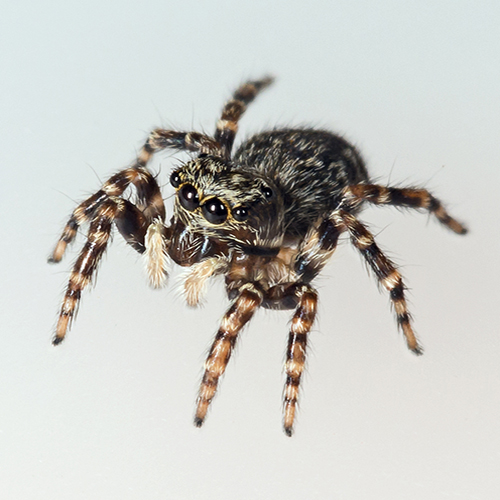
Spider Myth Resources
Explore even more! Additional spider resources and more myths (poor spiders can't catch a break!).
